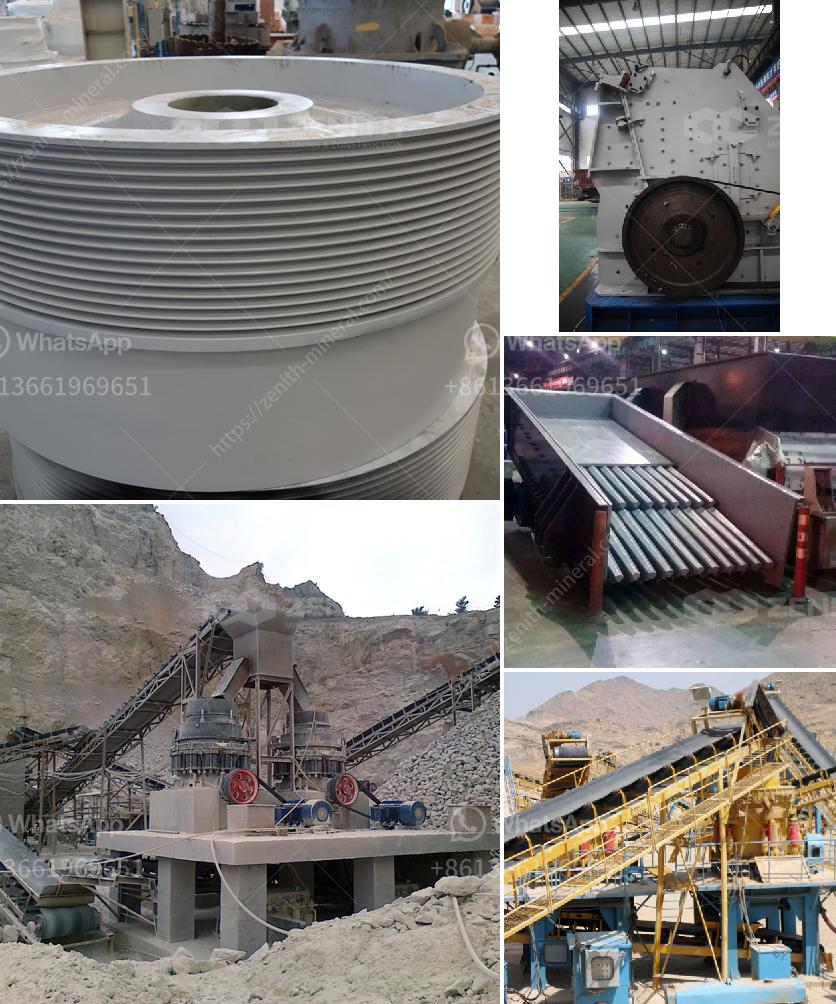A ball mill is used for grinding silica sand primarily because it offers several significant advantages suited for this purpose:
Efficient Particle Size Reduction: Ball mills employ a combination of impact and attrition to reduce particle size, making them highly effective for turning the relatively large grains of silica sand into the fine particles required for many industrial applications.
Uniformity and Consistency: The tumbling action within the mill helps to ensure that the grinding is uniform, leading to a consistent particle size distribution. This is particularly important for applications such as glass manufacturing, where uniformity in raw materials is critical.
Versatility: Ball mills are versatile and can be used to grind a wide range of materials, including silica sand. This makes them valuable in various industries, from glass-making to ceramics and even in the production of high-performance concrete.
Scalability: From small scale laboratory mills to large industrial machines, ball mills can be scaled to meet the requirements of different production capacities, ensuring that they can accommodate varying levels of demand.
Cost-Effectiveness: While the initial investment in a ball mill might be higher compared to some other grinding methods, their high efficiency and durability often result in lower operational costs over time.
Customizability: The design of ball mills allows for adjustments in parameters such as the speed, size of grinding media, and duration of milling, enabling fine-tuning to achieve the desired quality and fineness of the silica sand.
Overall, these characteristics make ball mills an ideal choice for efficiently grinding silica sand to meet the specific requirements of various industrial applications.
